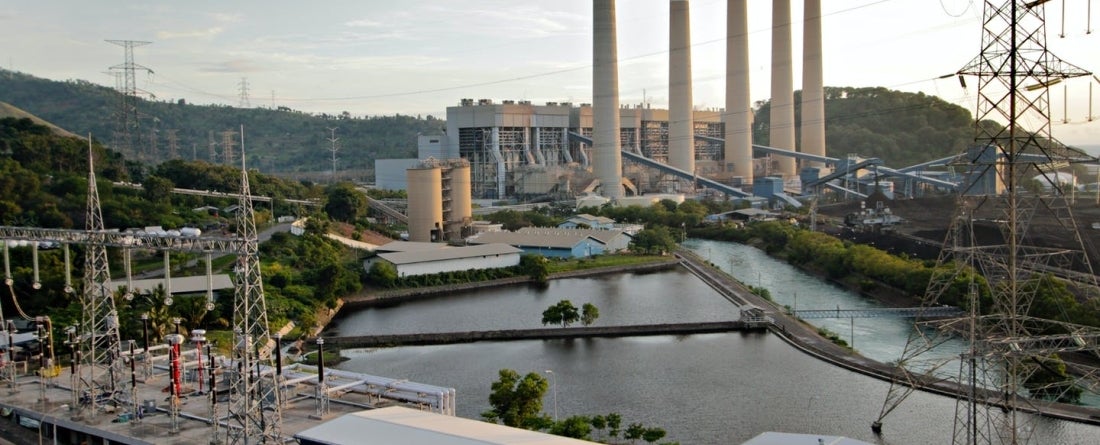
R. Cui, F. Tumiwa, A. Zhao, D. Arinaldo, R. Wiranegara, D. Cui, C. Dahl, L. Myllyvirta, C. Squire, P. Simamora, N. Hultman (August 2022). “Financing Indonesia's coal phase-out: A just and accelerated retirement pathway to net-zero.” Center for Global Sustainability, University of Maryland, College Park, USA; Institute for Essential Services Reform, Jakarta.
Indonesia is one of the world’s largest coal producers and consumers and has signaled its openness to adopt a more ambitious net-zero target and a 2040s coal phaseout with international support. Such additional support could address the broader socio-economic implications of achieving the 1.5°C-compatible coal-to-clean power transition and ensure the accelerated transition is also carried out in a just and equitable way.
Although various financing mechanisms are under discussion, identifying the most beneficial strategies will require refinement of how to evaluate the just transition financing needs, what elements should be considered, and how to effectively allocate the limited resources to achieve the best outcome in the near term that can also set a robust pathway towards the long-term goals.
This research uses a structured methodology to develop a feasible plan and associated financing needs for retiring Indonesia’s coal-fired power plant fleet in support of national 2050 net-zero emissions and the global 1.5ºC target. Using the best data available, we conduct a comprehensive and systematic assessment to understand the magnitude and distribution of the benefits and costs of the accelerated, just coal transition in Indonesia.
Our key findings include:
- The pathways in line with 2050 net-zero emissions and global 1.5°C show Indonesia’s coal power generation decreases by 11% in 2030, by over 90% in 2040, and is completely phased out by 2045.
- Immediate retirement of 4.5 GW of “low-hanging fruit” plants which are older, dirtier, and more inefficient, can reduce emissions by 28.8 MtCO2 per year and help improve air quality, public health, water security, etc.
- According to the detailed retirement schedule presented here, 18 plants (9.2 GW, 8 PLN & 10 IPP plants) retire by 2030, 39 plants (21.7 GW, 18 PLN & 21 IPP plants) retire in 2031–2040, and the remaining 15 plants (12.5 GW, 5 PLN & 10 IPP plants) continue to operate beyond 2040 at a low utilization level and retire before 2045.
- The accelerated coal phaseout is feasible and beneficial from the economic and social perspectives – the positive and broadly shared benefits from avoided coal power subsidies and health impacts are 2-4 times larger than the costs on stranded assets, decommissioning, employment transition, and state coal revenue losses.
- Retirement costs are estimated to be 4.6 billion USD through 2030 and 27.5 billion USD through 2050. About 2/3 of the costs are associated with IPP plants and 1/3 with PLN plants. The large upfront costs for retirement necessitate substantial international support, despite the larger benefits gained in the long run.
- Canceling pipeline projects under PPA or construction may save up to 18.7 billion USD that can be alternatively invested in renewable energy.
- The accelerated coal phaseout can reduce cumulative CO2 by 341 MtCO2 through 2030 and 2,297 MtCO2 through 2050, making the retirement costs equivalent to approximately $12-13/tCO2 removed.
- As coal power is replaced by renewable energy, primarily solar, to meet increasing demand, the investment required to scale up renewables and transmission is estimated at 1.2 trillion USD through 2050, where international financing can help fill in the gap.
